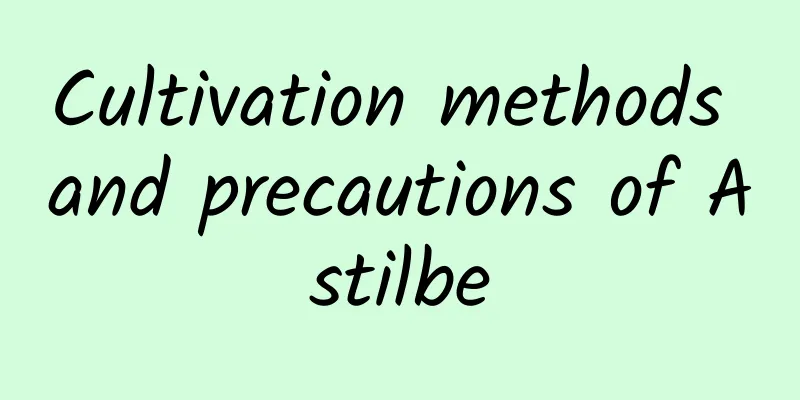Don’t throw away watermelon rinds, use them to make fertilizer, it’s useful and costs no money!

Step 1Pick a large watermelon and eat all the flesh, leaving only the rind. Step 2Use a spoon to scrape out the red flesh in the watermelon rind. This is because the flesh has too high a sugar content and if it is fermented together with the rind, it will easily attract small flies and ants. Step 3Use a kitchen knife to cut the watermelon rind vertically into thin strips. Be careful not to cut your hands with the knife when cutting! Step 4Use a kitchen knife to cut the watermelon rind horizontally and cut it into small pieces. Step 5Put the diced watermelon rind into a plastic bottle. Don't fill it too full, leave about a finger's worth of space. Step 6After putting the watermelon rinds in the bottle, do not add water to the plastic bottle. Then put on the lid. Do not close the lid too tightly, leave a gap to avoid bloating. Step 7Place the plastic bottle containing watermelon rinds in a sunny place on the balcony. The more sunlight they get, the easier it is for them to rot and the faster they will mature. Step 8Open the lid of the plastic bottle every day to let it air out. Watermelon rind compost generally has no odor. If you are worried about the odor, you can put some orange peel in it. Step 9In summer, watermelon rind will produce water after fermenting for 10 days to half a month. This water can be poured out and used directly to water the flowers and provide fertilizer. The remaining watermelon rind can be placed in a bottle and continue to be dried in the sun until the rind no longer releases water. We can bury the remaining watermelon rind residue at the bottom of the pot as base fertilizer for the flowers. Step 10If you are a beginner and are worried that the fermented watermelon rind water will burn the roots, you can dilute it in the ratio of 1:10 and then water the flowers after dilution. Step 11Using watermelon rinds to fertilize flowers is amazing! It is suitable for all kinds of flowers such as azalea, jasmine, gardenia, and crabapple, and the fertilizer has a mild effect without damaging the roots. |
<<: How to plant the petunia seeds you bought
>>: How to make your own seedling box
Recommend
What are the cultivation methods and precautions of Oncidium
Oncidium cultivation method Oncidium is the gener...
What are the meanings of lily flowers of different colors and what are their meanings when given as gifts?
1. The language of flowers of various colors 1. W...
Camellia's growing environment and local conditions
Camellia growth environment and conditions Camell...
How to make rice water fertilizer
1. Production method 1. Put the water used to was...
How to deal with the lotus after it blooms? Do you need to cut the flower stems after it blooms?
Treatment after flowering of lotus 1. Pruning : A...
Once you learn this trick, your flowers will bloom forever!
Desiccant 1. Purchase desiccant Desiccant is sold...
Is pitaya a shade-loving or sun-loving plant?
Does pitaya prefer shade or sun? Dragon fruit is ...
How to make water lily sprout quickly
Water lily germination environment Water lilies p...
Cyclamen cutting method
1. Can it be propagated by cuttings? Theoreticall...
How to propagate crocodile mouth flower
Time of choice Generally, plants choose spring to...
How to grow passion fruit to make it bloom and bear fruit? How many times a year does passion fruit in the south bear fruit?
1. Maintenance skills 1. Even light: When growing...
What trees are cold tolerant?
1. What are they? 1. Cedar: This plant likes to l...
Rose and gardenia... snap, just one cut, the flower buds pop up, the pot is full of them!
Rose There are many varieties of roses with brigh...
How to prune roses to make them bloom more (how to prune potted roses)
Rose is a flower that many people like. The flowe...
Cultivation methods and precautions of Daphne koreana potted plants
1. Breeding methods 1. Soil: It prefers loose and...









